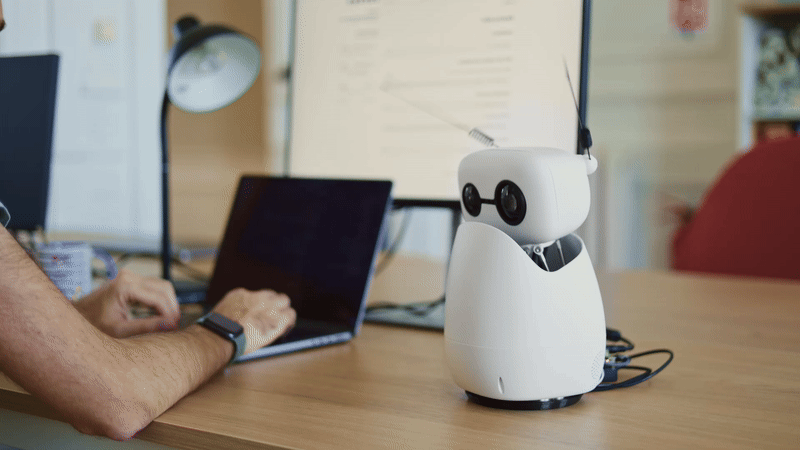Open-Source Reachy Mini Robot Moves to Software Setup Phase Post-Assembly

A user, identified as "clem 🤗" on social media, recently announced the successful assembly of their Reachy Mini robot, signaling the next step in bringing the desktop humanoid to life: software installation. The tweet, posted on November 17, 2025, stated, "> assembly ✅😅 Next step ‘pip install reachy-mini’," indicating readiness to integrate the robot with its Python SDK. This development comes as units of the highly anticipated open-source robot begin shipping to early adopters.
Reachy Mini is a compact, open-source desktop humanoid robot designed for artificial intelligence (AI) experimentation, education, and human-robot interaction. Developed by Pollen Robotics, which was acquired by Hugging Face in April 2025, the robot aims to democratize access to advanced robotics and AI technology. It stands at 28cm tall, weighs 1.5kg, and features expressive LED eyes, a 6-degrees-of-freedom head, and 360-degree body rotation.
The robot is offered in two versions: the Lite model, priced at $299, which requires an external computer and wired connection, and the Wireless model, available for $449, equipped with a built-in Raspberry Pi 5, battery, and Wi-Fi connectivity. Pre-orders for Reachy Mini began in July 2025, with the Lite version scheduled for delivery in late summer 2025 and the Wireless version rolling out in batches from Fall 2025 through 2026. The "pip install reachy-mini" command referenced in the tweet is the standard method for installing the robot's Python SDK, allowing users to program its movements and integrate with Hugging Face's vast AI model ecosystem.
Reachy Mini's open-source philosophy extends to its hardware designs, firmware, and software development kit, all freely available on GitHub. This approach encourages community-driven innovation, enabling developers, educators, and enthusiasts to contribute to and customize the platform. The robot is intended as a gateway for individuals to explore AI, computer vision, and human-robot interaction, bridging the gap between toy robots and more complex research-grade systems.